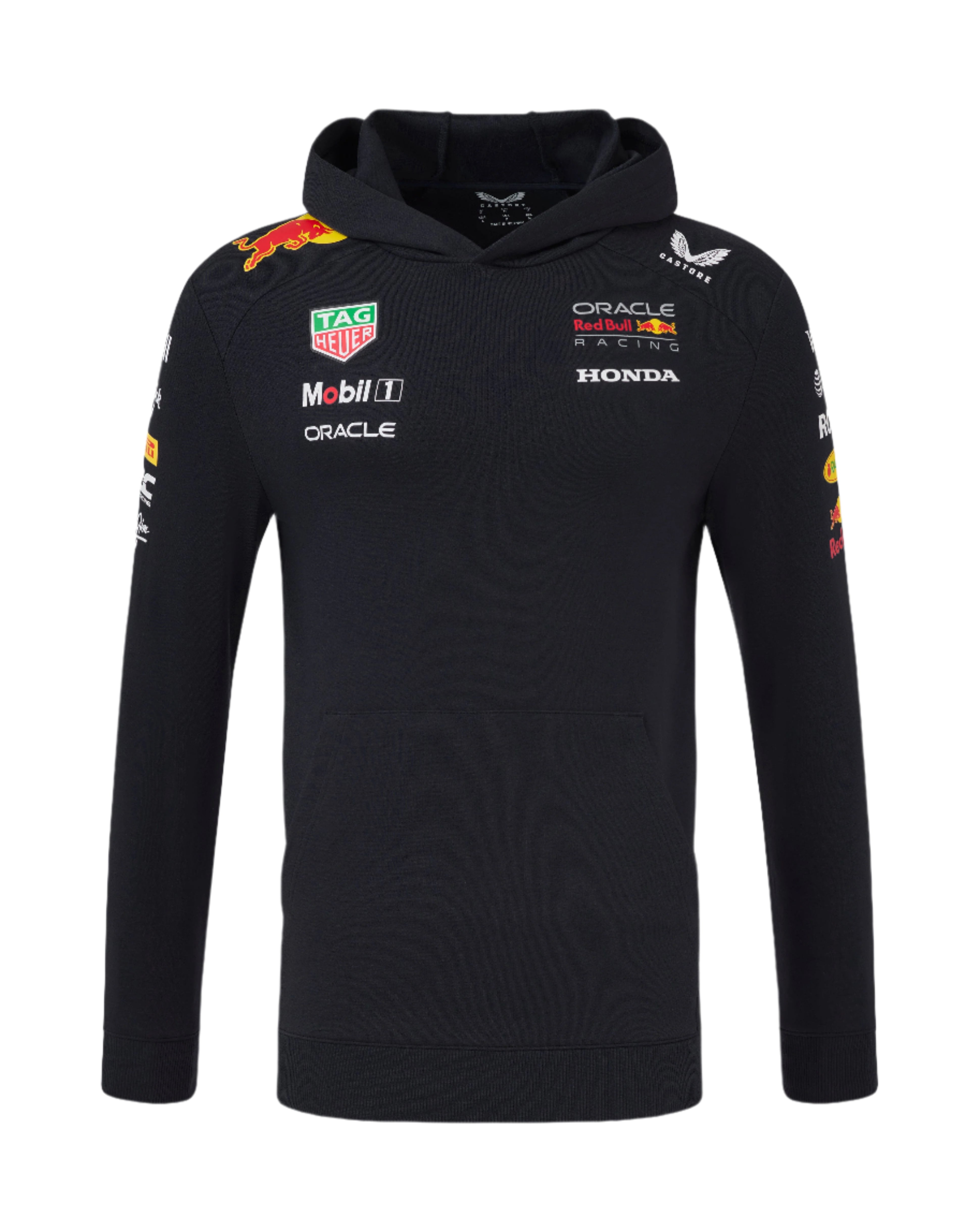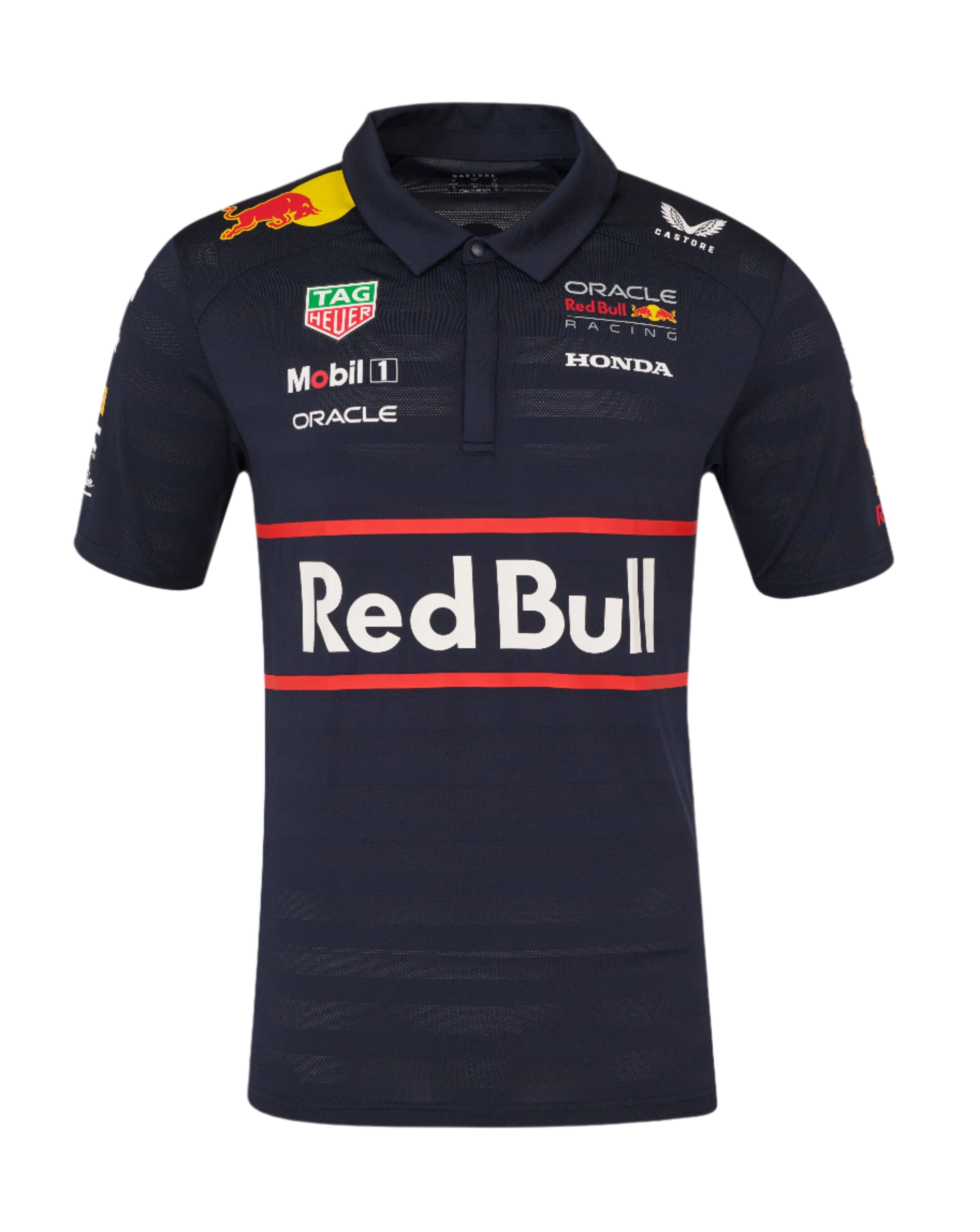The History of F1: A Retrospective

Key Takeaways:
- Formula 1 started in the 1950s, with Giuseppe Farina becoming the sport’s first world champion.
- F1 has undergone major transformations over the years, ranging from technological innovations and the implementation of safety standards.
- Formula 1 has a promising future given its strong fan base worldwide.
The smell of burning rubber, the electrifying sound of an animated crowd, and the welcome wave of the white and black checkered flag over the Formula 1 pit wall never get old for F1 fans—no matter how old F1 gets. For 75 years, fans of all ages and countries have flocked to Grand Prix tracks or television screens to see their favorite drivers move at breakneck speeds and claim the coveted championship title. And the thrill of the track is far from over.
Formula 1 doesn’t just empower drivers to live out their wildest dreams at speeds of more than 300 miles per hour, though. It encourages their fans to achieve these speeds right along with them—in spirit—living vicariously through these roadmasters to experience the palpable excitement of the winner’s circle.
Amid the exhilaration of team victories and the angst of driver rivalries, the rich history of Formula One (F1) racing is built on adrenaline, new technology, and the power of aerodynamics. Let’s explore 75 years of F1, including its creation 75 years ago, several milestone achievements in the sport, and how the past is shaping the future of Formula 1 for years to come.
History of F1: How It All Started
The high-speed track to Formula 1 success started in the early 1900s, although the first F1 World Championship did not officially begin until 1950. The Federation Internationale de l‘Automobile created rules called Formula One, which were aimed at standardizing racing cars’ technical specifications, making them an important part of the history of Formula One racing.
The F1 World Championship car race made its debut at the United Kingdom’s Silverstone Circuit on May 13, 1950. The race featured 21 competitors representing multiple manufacturers and teams. Giuseppe Farina claimed the victory, becoming F1’s first world champion.

Crowning Achievements in the History of F1
Since its inaugural race, F1 has undergone several changes to become a highly glamorized and in-demand sport worldwide. Here are some of the major transitions that Formula 1 has navigated to become the iconic sport it is today.
Scuderia Ferrari and F1’s Golden Era
Scuderia Ferrari is a standout team in the history of F1, particularly during Formula 1’s Golden Era. Between the latter part of the 1950s and the early years of the 1970s, Scuderia Ferrari established new records and secured multiple championship wins. Under the leadership of drivers like Niki Lauda and Alberto Ascari, the team demonstrated its winning mindset, passion for perfection, and strong technical skills. The Italian team’s eye-catching red cars and zeal for motorsports distinctly impacted the sport, making the team a pivotal part of the history of Formula One racing.
Aerodynamics’ Introduction
Aerodynamics were introduced during F1’s Golden Era, revolutionizing the sport early on. They’re an important part of the history of F1, as teams put the pedal to the metal as engineers started to examine how efficient aerodynamics could make teams more competitive.
F1 teams quickly latched onto the possibility of improving their performance by manipulating airflow through aerodynamics. They began to experiment with spoilers and wings to decrease drag (resistance), which made their cars more stable and improved the cars’ traction at top speeds to enhance their lap times. Aerodynamics’ introduction as part of the history of Formula One racing paved the way for future F1 tech advancements.
Turbocharged Engine Takeover
Turbocharged engines are another essential part of the history of F1. They arrived on the Formula 1 track between the latter part of the 1970s and the early years of the 1980s, further transforming motorsport racing. These engines improved cars’ power and speed.
The technology worked by using gases from a car’s exhaust to move a turbine. Formula 1 teams initially faced turbo lag issues with these engines, with power delivery being delayed because the turbines required spinning-up time. However, engineers rapidly created techniques for minimizing lag and boosting engine performance. These techniques enabled drivers to more successfully maintain control when navigating corners, making F1 even more exhilarating for the masses.
Electronics Introduced
The incorporation of electronics is another noteworthy milestone in the history of F1, as electronics improved performance, driver assistance, and data analysis. Electronics took root during the 1980s and included systems like ignition timing control, launch control, and traction control.
Electronic aids made it possible for F1 drivers to get the most out of their vehicles' performance while simultaneously giving their teams rich data for development purposes. Regulations were eventually introduced to ensure that drivers did not rely too heavily on electronics while still enjoying the efficiency and precision they brought to the Grand Prix scene.
Safety First
Amid multiple unfortunate losses over the years, F1 set safety standards to safeguard drivers, fans, and teams. The F1 Safety Car is a major part of the history of F1, as it was introduced in 1993 during racing incidents to control cars’ speed and allow marshals on the track to safely address debris or accidents. This car drastically decreased additional collisions and boosted safety during competitions. Strict crash tests and reinforced cockpits are among other safety advancements implemented to make Formula 1 driving safer.

Moving from the History of F1 into the Future, Full Speed Ahead
F1’s rising popularity in the 1900s through the early part of the 21st century has set a strong groundwork for the future of the sport. Today, F1 continues to capture the attention of several million racing fans worldwide with racing greats like Lewis Hamilton. With the strong history of F1 and its currently vibrant fan base, you can expect F1 to continue to introduce impressive drives, new legendary teams, and engineering innovations, preserving its popularity for future generations.
Get the Gear to Support Your Favorite Formula 1 Driver and Team Today
At CMC Motorsports®, we are proud of the history of Formula One racing and are excited to offer merchandise that pays homage to motorsports’ most iconic teams and drivers. Shop now!











